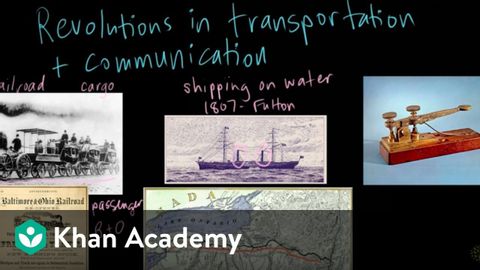
Subtitles & vocabulary
The Market Revolution 2
00
Amy.Lin posted on 2017/10/21Save
Video vocabulary
period
US /ˈpɪriəd/
・
UK /ˈpɪəriəd/
- Noun (Countable/Uncountable)
- Set amount of time during which events take place
- A way to emphasize what you will say
A1TOEIC
More adorable
US /əˈdɔrəbəl,əˈdor-/
・
UK /əˈdɔ:rəbl/
- Adjective
- Lovable or appealing, e.g. like a cute child
B2
More debt
US /dɛt/
・
UK /det/
- Noun (Countable/Uncountable)
- Sum of money owed to someone that is not yet paid
- A moral or social obligation.
A2TOEIC
More portrait
US /ˈpɔrtrɪt,-ˌtret,ˈpor-/
・
UK /ˈpɔ:trit/
- Noun
- Picture of a person's head and shoulders
- Detailed representation of someone in film, etc.
- Adjective
- A format in which the height is greater than the width.
- Relating to a photograph, painting, drawing, or engraving of a person.
B1
More Use Energy
Unlock All Vocabulary
Unlock pronunciation, explanations, and filters
